This article was co-authored by Alan O. Khadavi, MD, FACAAI. Dr. Alan O. Khadavi is a Board Certified Allergist and a Pediatric Allergy Specialist based in Los Angeles, California. He holds a BS in biochemistry from the State University of New York (SUNY) at Stony Brook and an MD from the State University of New York Health Science Center at Brooklyn. Dr. Khadavi completed his pediatric residency at Schneider Children’s Hospital in New York, and then went on to complete his allergy and immunology fellowship and pediatric residency at Long Island College Hospital. He is board certified in adult and pediatric allergy/immunology. Dr. Khadavi is a Diplomate of the American Board of Allergy and Immunology, a Fellow of the American College of Allergy, Asthma & Immunology (ACAAI), and a member of the American Academy of Allergy, Asthma & Immunology (AAAAI). Dr. Khadavi's honors include Castle Connolly’s list of Top Doctors 2013-2020, and Patient Choice Awards "Most Compassionate Doctor" in 2013 & 2014.
There are 10 references cited in this article, which can be found at the bottom of the page.
wikiHow marks an article as reader-approved once it receives enough positive feedback. This article received 20 testimonials and 82% of readers who voted found it helpful, earning it our reader-approved status.
This article has been viewed 1,913,683 times.
Sneezing is a natural body mechanism. In many cultures it is frowned upon as a social gaffe, especially if one doesn't have a tissue handy. Nevertheless, many people will want to stop a sneeze for various reasons, including the world record holder who, according to The Guinness Book of World Records, had a sneezing fit for 976 days, and produced more than a million sneezes.[1]
Steps
Stopping an Impending Sneeze
-
1Squeeze your nose. Catch the part of your nose above the tip and stretch it out as if you are removing your nose out of your face. It should not be painful, but simply stretch out your cartilage, stopping the sneeze.[2]
-
2Blow your nose. Use a tissue and blow your nose when you feel a sneeze coming on. It should clear your sinuses of what caused the sneeze in the first place.[3]Advertisement
-
3Pinch your upper lip. Using your thumb and forefinger, pinch your upper lip lightly and press it upward toward your nostrils. Your thumb should head toward one nostril and your forefinger toward the other, bunching up your upper lip slightly.
-
4Use your tongue. Press your tongue behind your two front teeth, where the roof of your mouth meets the gum palate or alveolar ridge. Press hard with your most powerful muscles against your teeth until the tickling sensation dissipates.
-
5Stop, drop, and wait. Find a small table anywhere in your home, hold your face about 1 inch (2.5 cm) from the top of the table and stick your tongue out; the sneeze should subside naturally. It takes about 5 to 7 seconds. If it doesn't work, at least, whoever's around will get a good kick out of it!
-
6Get ticklish. Tickle the roof of your mouth with the tip of your tongue when you feel the sneeze coming on. Continue until the urge to sneeze dissipates. This should take 5 to 10 seconds.
-
7Distract yourself with your hands. Spread the thumb of one hand away from the fingers. Using the sharp edges of the nails on the thumb and index finger of your other hand, pinch the flap of skin between the spread thumb and the fingers.
-
8Grab the spot between your eyebrows. This is a pressure point that some grab to stop a headache, and it can work with sneezes, too. With your thumb and forefinger, pinch between your eyebrows until you feel a substantial amount of pressure.
-
9Pinch under your nose. With the side of your forefinger (handheld horizontally beneath your eyes), press into the cartilage on your nose, just beneath the bone of the bridge of your nose. This will pinch one of the nerves involved in triggering a sneeze.[4]
-
10Put light pressure on your ears. Wiggle your ear lobe gently as you feel a sneeze coming on. This can be masked as looking like you are playing with an earring or something if you're stifling a public sneeze.
-
11Stop someone else's sneeze with an absurd comment. If you see someone about to sneeze, or if they state that they feel a sneeze coming on, say something absurd. Sometimes the brain will 'forget' about the sneeze when it has something more interesting and immediate to focus on.
-
12Get angry. Clench your teeth together, but try to stick out your tongue (use the muscle to push against the back of your front teeth). Push as hard as you can! The stimulation may stop the sneeze from materializing.
-
13Use black seed (black cumin). You can buy this online or at your local vitamin/herb shop. Take a handful and wrap it in a cloth—handkerchief, washcloth, etc.—then roll it in your hand to break it up a little bit. Hold this next to your nose and inhale it for a few breaths. Your sneezing should clear right up!
Sneezing Less Often
-
1Quit setting yourself up for snatiation. That's right -- snatiation. It's a legitimate medical disorder where you can't stop sneezing because your stomach is full. It generally happens immediately after consuming quite a large meal. So how do you avoid it? Don't eat so much.
- In case you're as curious as George, it's a backronym -- Sneezing Non-controllably At a Time of Indulgence of the Appetite—a Trait Inherited and Ordained to be Named. Originally it was a portmanteau of sneeze and satiation.[5] Now that you know it's a real thing monitor your eating activity. When do you usually find yourself sneezing?
-
2Know if you suffer from "sun sneezing." If you find that you sneeze when exposed to bright lights, you could have photoptarmosis or the photic sneeze reflex. It's present in a remarkable 18-35% of people and is sometimes referred to as ACHOO - Autosomal dominant Compelling Helio-Ophthalmic Outburst syndrome. The more you know, right? It's hereditary and can be treated with antihistamines if it's inconvenient.[6]
- Otherwise, wear sunglasses (polarized, especially) or scarves. If bright lights (or the sun) are present, keep your eyes away and focus on something darker or more neutral. This is doubly important if you are operating a motorized vehicle.
-
3Be prepared. If you're entering a high sneeze-risk environment (say a cloud of pepper or a field of pollen), take precautions to keep your sneezing fits at bay.
- Keep a tissue on hand. Often sneezing and blowing your nose go hand in hand.
- Have a way to wet your nostrils. This can stop sneezing fits before they start. Though snorting water is definitely a feasible option, you may want to stick with wetting a tissue and applying to your nostrils, using your eyedrops, or sniffing the steam from a cup of coffee.
-
4Keep the allergens at bay. For those of us that don't suffer from the completely random sneeze attack and are privy to more constant bouts, it may be more of an environmental thing.[7] In addition to talking to your doctor, be allergy smart. A certain amount of sneezing can be prevented.[8]
- Get on antihistamines. Not only will these fight sneezing, but they'll keep the coughing, runny nose, and itchy eyes away to boot. Benadryl is known to induce drowsiness, but other medications, like Claritin, have significantly fewer side effects.[9]
- Keep your windows and doors closed. This goes for your home and in your car. The less exposure you have to allergens the better. The outside needs to stay outside.[10]
- If you've been outside for a long time, take a shower and change your clothes. You may have dragged in those pollen buggers with you.
Having Good Sneeze Habits
-
1Know when not to stop a sneeze. A sneeze, known technically as a sternutation, is a major deal for the body. The typical sneeze removes air from your body at speeds up to 100 mph (160 km/h), tremendous velocities that can cause serious injury if incorrectly stifled. That's why you should never try to stop a sneeze that is in progress.[11]
- For example, do not hold your nose or block your mouth while sneezing. Doing so can cause serious injury. The force and velocity of the average sneeze, if prevented from ejection from the body, can eventually cause hearing loss and damage the blood vessels in your head, especially if you make a habit of stopping a sneeze when it's already begun.
-
2Sneeze healthily. If you're around others, you risk spreading harmful bacteria when you let one (or two or three or maybe even four) out into the air. The "spray" you emit can reach up to 5 feet (1.5 m) away from you! That's a radius that encompasses a lot of people. So be careful!
- If you can, sneeze into a tissue and dispose of the tissue. If a tissue isn't available, sneeze into your sleeve. If you do end up sneezing into your hands, be sure to wash them afterward. Your hands touch doorknobs, your face, surfaces, and other people constantly. And, if you happen to be away from water, carry hand sanitizer to save the day.[12]
-
3Sneeze politely. When you're in a group of people, you'll surely be given the evil eye if you wind up for a sneeze and deliver with flying success. You're spreading germs and disrupting the flow, so it's best to sneeze as discretely as possible.[13]
- Sneezing into your elbow can diffuse the sound. If that's not an option, grab a tissue, tilt your head down, and sneeze as quietly as possible.
-
4Sneeze safely. If you have a broken rib, a sneeze can hurt very badly. Exhale as much air from your lungs as you can. This will reduce the amount of pressure placed on your ribs and weaken the sneeze greatly, and the pain will be less.
- Really, if anything in your core hurts, a sneeze can be the last thing you want to encounter. Take the precautions listed above, but concentrate on the exhale. With little air to expel, your insides won't lurch, preventing the sneeze from having a longer-lasting effect.
Warnings
- Holding your sneeze inside or trying to stop it while it is happening may cause you a pneumomediastinum which is very dangerous.⧼thumbs_response⧽
- Holding in a sneeze can cause damage such as injury to the diaphragm, breaking a blood vessel and in extreme cases, it could even weaken a blood vessel in the brain and cause it to rupture due to the momentary elevation of blood pressure.⧼thumbs_response⧽
- Stifling a sneeze can be dangerous to your health. See the External Links below for more extreme cases of injury caused by stopping a sneeze.⧼thumbs_response⧽
References
- ↑ https://www.guinnessworldrecords.com/world-records/67595-longest-sneezing-fit
- ↑ https://www.abc.net.au/news/2019-09-11/can-you-control-how-loud-you-sneeze/11472994
- ↑ Alan O. Khadavi, MD, FACAAI. Board Certified Allergist. Expert Interview. 29 July 2020.
- ↑ https://www.youtube.com/watch?v=--q4xs9A2nk
- ↑ http://www.ncbi.nlm.nih.gov/pmc/articles/PMC1017036/
- ↑ http://www.scientificamerican.com/article.cfm?id=looking-at-the-sun-can-trigger-a-sneeze
- ↑ Alan O. Khadavi, MD, FACAAI. Board Certified Allergist. Expert Interview. 29 July 2020.
- ↑ https://www.mayoclinic.org/diseases-conditions/allergies/in-depth/allergy/art-20049365
- ↑ Alan O. Khadavi, MD, FACAAI. Board Certified Allergist. Expert Interview. 29 July 2020.
- ↑ Alan O. Khadavi, MD, FACAAI. Board Certified Allergist. Expert Interview. 29 July 2020.
- ↑ https://www.lung.org/blog/sneeze-versus-cough
- ↑ http://www.cdc.gov/healthywater/hygiene/etiquette/coughing_sneezing.html
- ↑ https://www.cdc.gov/healthywater/hygiene/etiquette/coughing_sneezing.html
About This Article
To stop a sneeze, try squeezing your nose shut with your fingers. You can also gently tug on your earlobe when you feel a sneeze coming on. If that doesn't help, try tickling the roof of your mouth with your tongue, which may prevent you from sneezing. If all else fails, try quickly blowing your nose before you sneeze to stop the sneeze in its tracks. To learn other methods to stop sneezing, such as distracting yourself, keep reading the article!
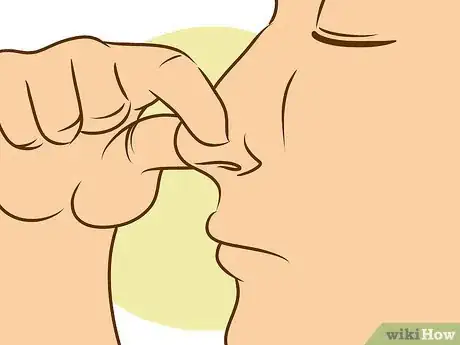


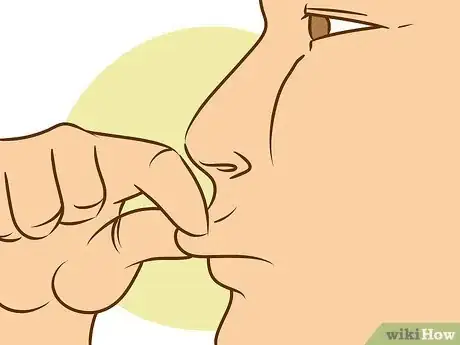
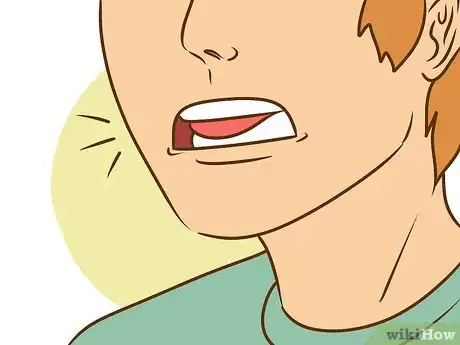
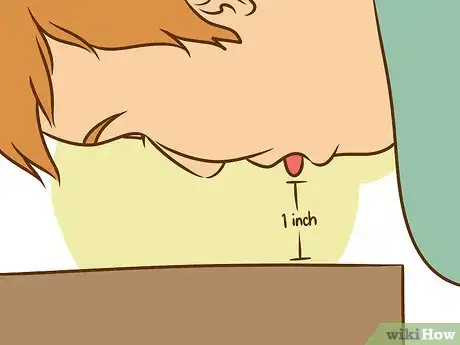
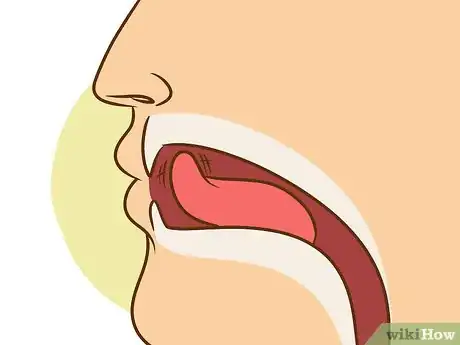
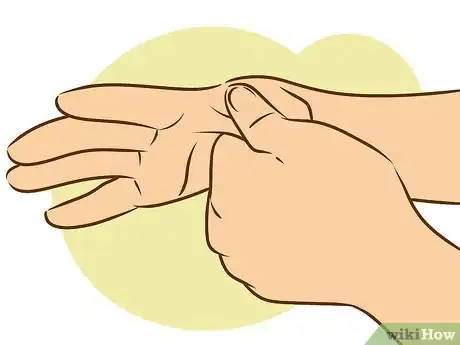

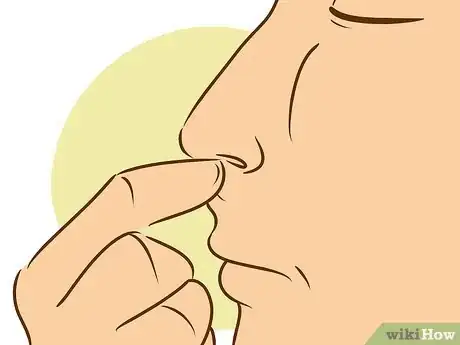

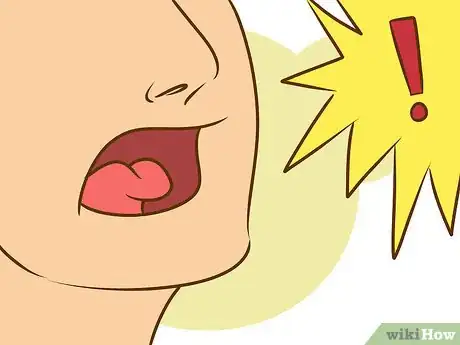
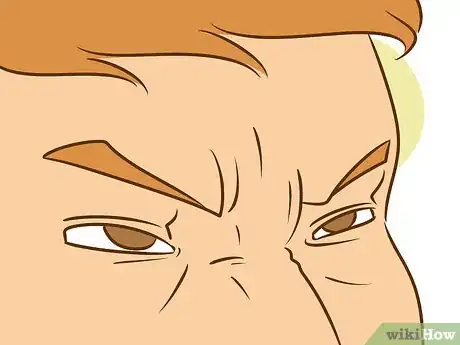
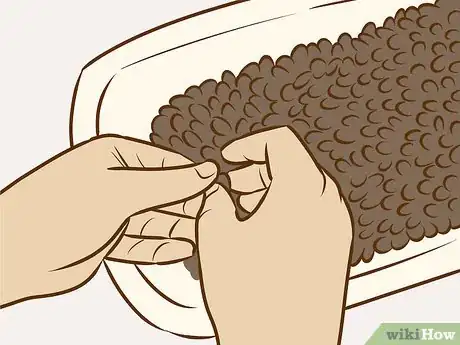

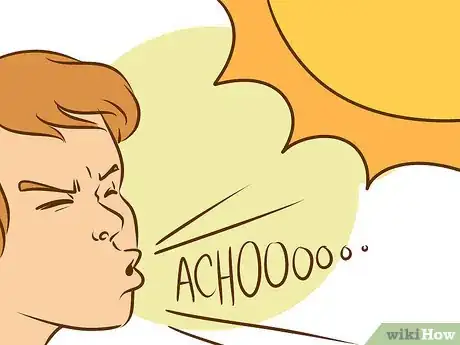
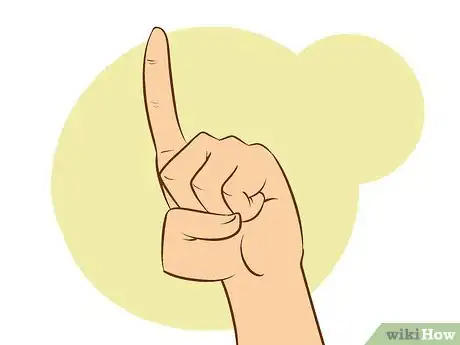
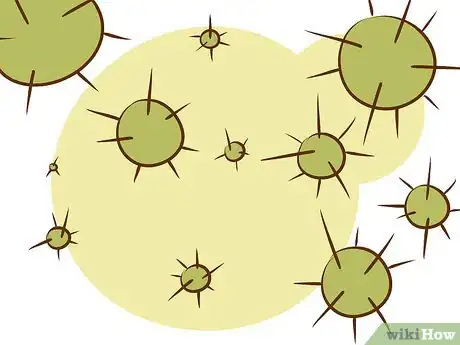
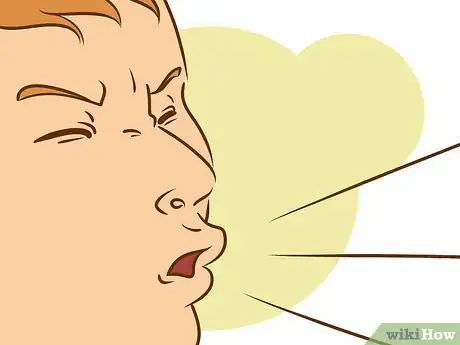
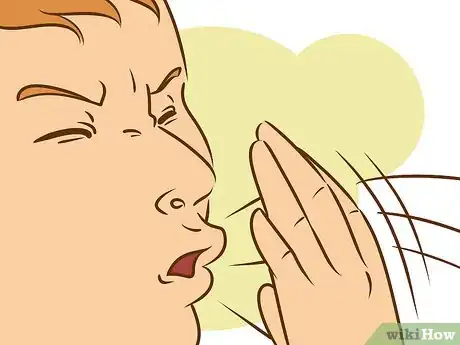

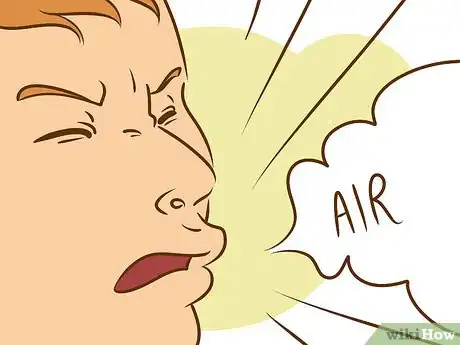

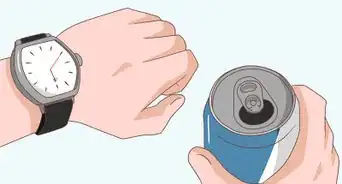
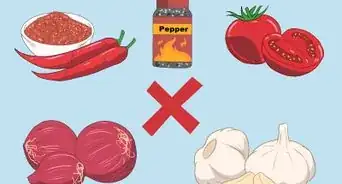
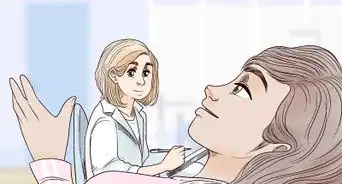


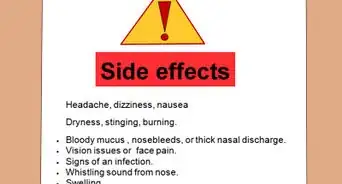
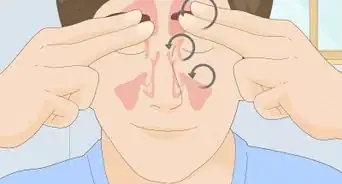
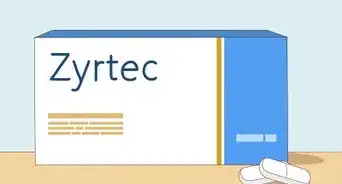
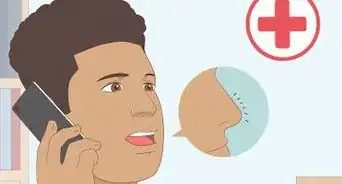

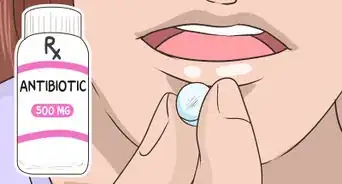
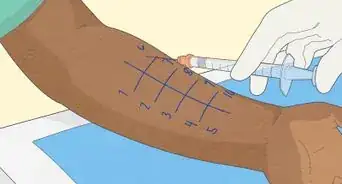
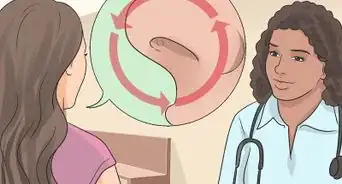










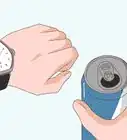
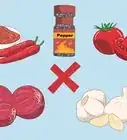




































Medical Disclaimer
The content of this article is not intended to be a substitute for professional medical advice, examination, diagnosis, or treatment. You should always contact your doctor or other qualified healthcare professional before starting, changing, or stopping any kind of health treatment.
Read More...